
views
Removing the Quail from Harm

Separate the injured quail from the flock. If you notice that 1 of your quail is limping or bleeding, the first step you must take is to remove it from the flock. If you leave the injured quail with the rest of the birds, the other ones will peck at the wounded animal and may kill the injured quail. Like several other species of barnyard birds, quail are violent towards injured birds and sometimes even cannibalize them.
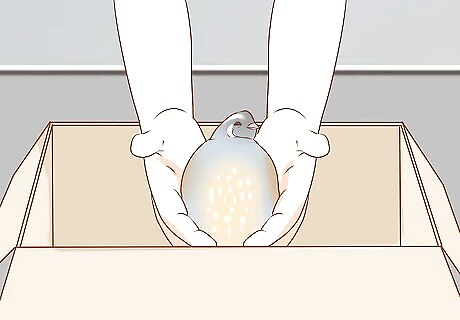
Pick up the quail and place it in a small cardboard box. An injured quail probably won’t run away from you, making it easy to pick up by hand. Rather than running after the quail, walk calmly towards it. Crouch down once you’re 1–2 feet (0.30–0.61 m) away, and scoop your hands under the quail to grab its body from below. Then, set it in a box not larger than 12 by 12 inches (30 cm × 30 cm). If the quail attempts to fly out of the box, shut the lid to prevent its escape.
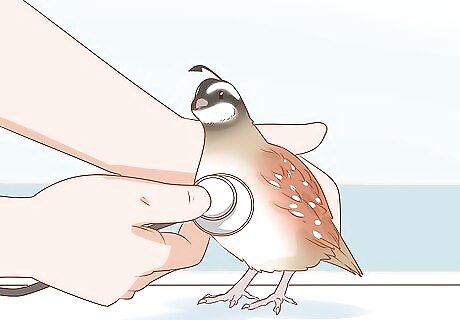
Take the quail to a vet if its injuries are life-threatening. In serious cases, you won’t be able to provide adequate care at your home and should rush the wounded quail to a vet. Avian vets are likely to have the most experience when it comes to treating birds. Look online to find an avian vet in your area. If you live in the U.S., consult a full listing of registered avian vets at: https://www.aav.org/search/custom.asp?id=1803. Signs of a life-threatening injury include protruding bones, large amounts of blood, or a lack of response from the quail. Also take the animal to the vet if it’s struggling to breathe.
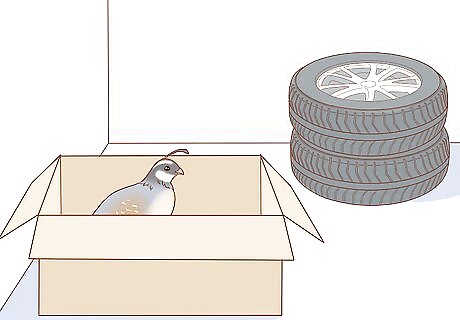
Keep the boxed quail in a safe location in your home. If the bird’s injuries aren’t life-threatening, bring it inside your home. Bring the box into your home or a heated garage or basement, and keep it in a quiet, dark place away from house pets. Place 5–6 paper towels in the bottom of the cardboard box and place a heating pad beneath the box in case the quail gets cold. You can determine if the quail is hot or cold by watching its behavioral cues. A hot quail will pant while a cold quail will fluff up its feathers.
Patching up the Wounded Quail

Wash the quail’s wound with warm water and hand soap. Hold the quail securely in 1 hand and, with the other, gently rub a dab of hand soap onto the injury. Then run the wound under lukewarm tap water to rinse off the soap and any dirt or bacteria in the wound. Rinse away as much blood as possible, along with any dirt or debris in the wound. If there are any loose or broken feathers around the wound, you may need to trim these off with a pair of scissors. Try not to cause friction or rub at the wound, since this could worsen the injury.
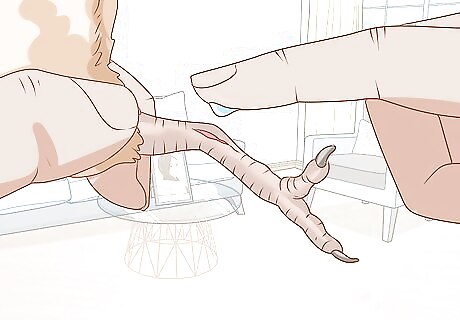
Apply antibacterial cream to the wound. Place a tiny ⁄16 inch (1.6 mm) dab of an antibacterial cream onto the tip of 1 finger. Gently apply this to the quail’s injury. An antibacterial cream will prevent the wound from getting a bacterial infection. Purchase antibacterial cream at a local pharmacy or drug store. The quail may squirm and try to wriggle out of your hands as you wash it. Keep a firm—but not tight—grip to prevent the quail from falling.
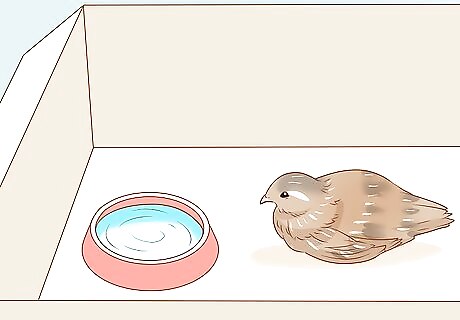
Leave clean water and feed in the quail’s box. If the quail takes several days to heal and regain its health, it will need to eat and drink during this time. Fill 1 small bowl with tap water and 1 with quail feed, and set the containers in the cardboard box with the quail. Position them so the quail can easily access the containers. Quail feed comprises a mixture of food pellets and protein-rich seeds, and can be bought at most feed stores. If the quail refuses to eat, try lifting it out of the box and onto the garage floor. Pick up a small handful of feed and scatter the feed onto the floor. The scattered feed may catch the quail’s attention and cause it to eat.
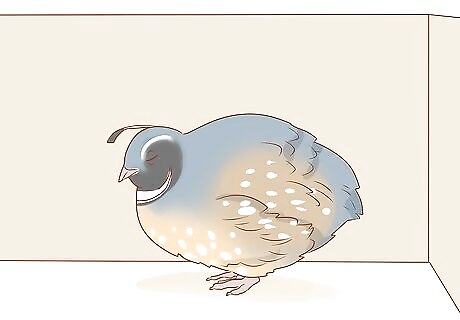
Let the quail rest, settle down, and heal. Keep the quail in a dark, quiet, undisturbed area for the quail to sleep. Check on the quail every 30 minutes or hour and watch the animal’s progress. If, for example, the quail flew into a hard object and lightly concussed itself, it may be fine in a little as 2 hours. In this case, you can free the bird immediately. In cases of more serious wounds (e.g., an injury that drew blood), the quail may need up to a week to heal and return to its full strength.
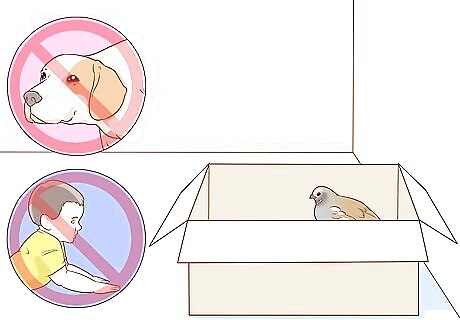
Keep potential predators and small kids out of the quail’s room. Make sure that no house pets (especially cats) can get in the garage or room where you’re keeping the quail. Also keep young children away from the quail so they don’t accidentally injure it. Carefully check on the quail every 1-2 hours over a period of 2–3 days, but try not to disturb it. If the quail seems to be doing fine and is eating, you don’t need to check on it during the night.
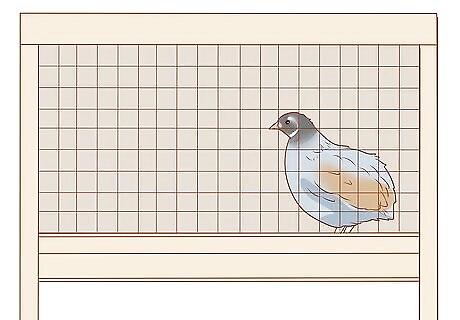
Move the quail to a cage if it’s improved after 2–3 days. The injured quail should heal relatively quickly if it’s allowed plenty of rest. If the quail continues to get better and begins to walk around, move it to an enclosed bird cage so that it has room to roam. Keep the quail’s cage in the same dark, warm area where it’s been quarantined so far. When kept in a cage, quail tend to get a little smelly, so don’t bring the bird cage into your home.
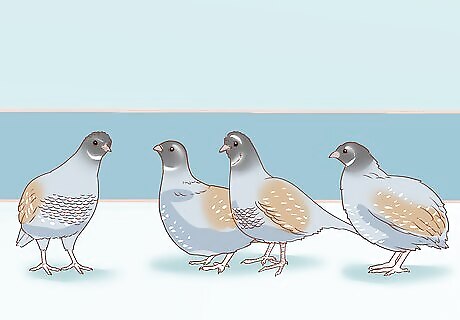
Return the quail to its flock once it’s healed. Once the quail has healed and has resumed its normal behaviors (eating regularly, walking, attempting to fly, etc.) it’s ready to be returned to its home. Carry the bird cage with the quail inside out to the pen or cage where you keep your quail. Then open the cage and reunite the healed quail with the other quail in the area where they live.
Preventing Your Quail from Harm
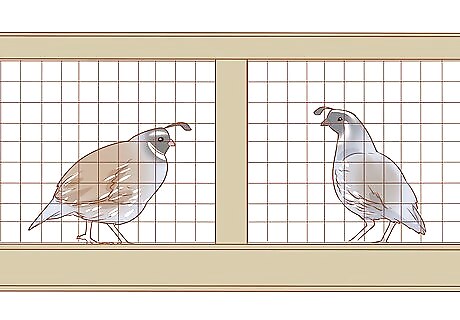
Keep male quail in separate pens to prevent fights. Male quail are territorial and can get into violent fights if 2 are kept in the same small pen. So, if your injured quail was a male and you suspect that the injury was given by another male in your flock, keep an eye on the animals. If you see any violence, you may need to split the flock in 2 and separate the aggressor from the victim. The only feasible way to house a male with another male is if they have a spacious pen with lots of hiding spots to retreat to when chased.
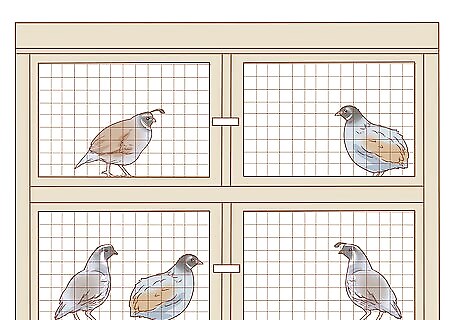
Keep your quail housing secure and predator proof. Quail have many predators, including predatory birds, dogs, cats, raccoons, foxes, snakes, and large rats. Consequently, it’s important to keep your quail in a sturdy, secure pen or cage to prevent future injuries from predators. To keep the pen or cage secure, cover it with a roof and lock the door of the entrance at night. Maintain the pen or cage so there are no gaps where predators could creep in.

Inspect the quail’s housing weekly to make sure it’s safe. Keep in mind that the quail could’ve been injured on a scrap of metal or piece of broken glass. Take a walk through the quail’s enclosure and, if any bits of screws or sharp wire are sticking out of the cage or fence, remove them immediately. If the quail housing has a hard roof, quail could fly up and hit their heads. Prevent this by installing padding on the inside of the roof. You can purchase this kind of material at a tack and feed store or some hardware stores.




















Comments
0 comment